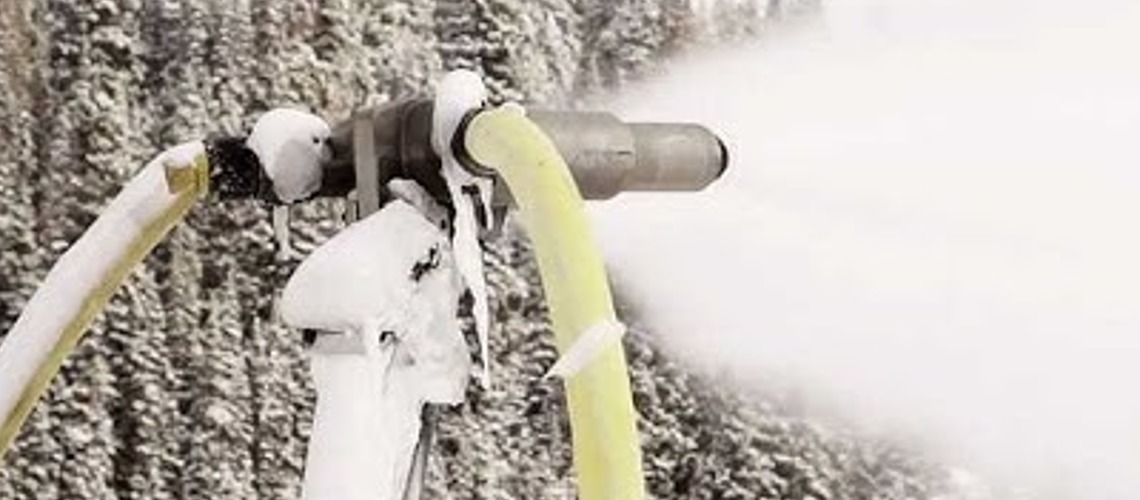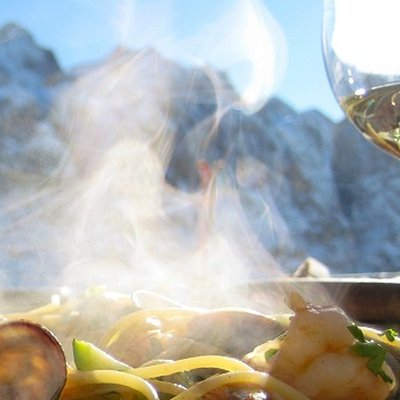South Tyrol Green's New Study Criticises Snowmaking

Is it really just frozen water? The question of what consequences artificial snow production entails is legitimate. The answers to these questions are often vague and characterized by conflicts of interest.
“I belong to the generation that was born with snow cannons on the doorstep,” says Elide Mussner, one of the candidates in the Green top team for the upcoming state elections: “The production of artificial snow is now part of the local culture. As is often the case, people hesitate to question what has always been there. It seems that artificial snowmaking is the most natural thing in the world. Water that is taken, frozen and fed back into the natural cycle in spring. But is that really the case?” Today, in view of the acute climate crisis and its obvious consequences, it is more important than ever to provide clear answers to this question. The current winter monoculture had economic justification in the past, was the impetus for economic recovery and supported our valleys in important development. Today, this degenerated winter tourism is a brake on the necessary economic transformation as we continue to look to the past instead of looking to the future.
In order to give a clear and scientific answer to this question, Elide Mussner has set up a working group. It met in the summer of 2023 to examine and review scientific research on the effects of artificial snow on the environment. Environmental engineer Gianluca Vignoli took the lead: “The aim of this work is to create clear and scientific foundations for a constructive discourse on the future development of winter tourism.” The working group examined various studies carried out in the Alps at different altitudes (between 1000 and 2500 m). The aim was to understand the effects of artificial snowmaking, piste construction and piste preparation on the soil, vegetation and biodiversity.
The results speak for themselves: artificial snowmaking and slope preparation lead to soil depletion, weaker vegetation and increase the risk of erosion.
Effects that certainly do not contribute to protecting the delicate balance of the Alpine ecosystem in the face of climatic uncertainty: in the summer of 2023, the zero degree limit reached over 5,000 m (Ansa.it), +13 degrees were measured on the Marmolada (Repubblica.it) and We are now experiencing an October with summery temperatures. Adding to the impact on the environment is the ski industry's massive energy consumption: the ski industry's energy consumption more than doubled from 2000 to 2020 to 134 million kWh. For 2020, this is equivalent to the energy consumption of 150,000 people in one year. This energy is consumed in winter, when production from renewable sources (photovoltaics, hydropower) is at its lowest.
Given the climatic challenge, the solution cannot lie in constantly expanding the infrastructure for producing artificial snow. It is time to look forward and look for new paths. Ways that allow winter tourism to diversify its offer, for a more responsible use of resources, greater resilience to climatic phenomena and social and economic sustainability.
This study is intended to be a concrete contribution to this transformation. Because if we continue as before, no change is possible. We also need a strong tourism economy in the future, a so-called “impact economy” that redefines economic balance while respecting the planet that hosts us.













